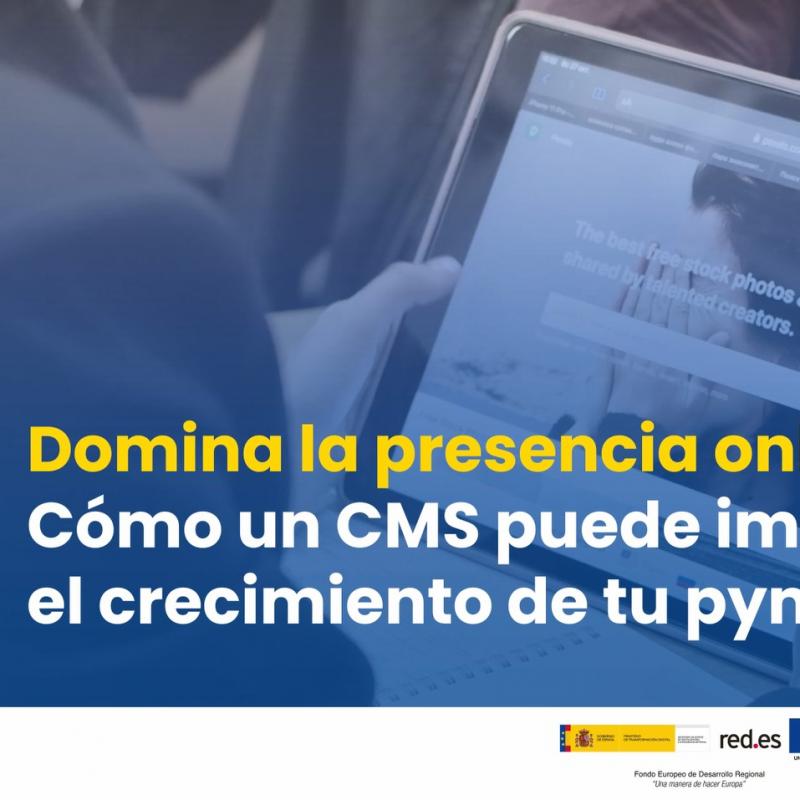Did you know that 9.5% of the Spanish population has declared that they have a disability? For this reason it is crucial that SMEs and freelancers take into account digital accessibility when developing their websites. In this monograph you will learn about its main advantages, as well as guidelines and tools to implement it.
The digital revolution has transformed the way businesses operate, making it essential for SMEs and freelancers to incorporate digital accessibility into their strategy. With 9.5% of the Spanish population reporting a disability, companies that offer accessible online services not only extend their reach, but also benefit financially. This monograph discusses the key concepts, the benefits for both companies and people with disabilities, guidelines for implementing digital accessibility and the tools available.
Digital accessibility means ensuring that online technologies and services are accessible to all people, regardless of their abilities or disabilities. Understanding key concepts such as "inclusive design", "usability" and "adaptability" is crucial. Ultimately, inclusive design seeks to create products and services that cater to the diversity of users, ensuring a positive experience for all.
Implementing eAccessibility practices is not only ethical, but also economically beneficial for SMEs. By making their products and services accessible, companies expand their audience. Moreover, they contribute to a more inclusive society, promoting equal opportunities. On the other hand, for people with disabilities, digital accessibility means equal access to online information and services, enhancing their contribution to society.
To ensure this digital accessibility, SMEs should take into account the requirements set by the W3C Consortium when developing their websites to ensure accessibility. These include:
- Effective organisation of the website with a logical structure.
- Multimodal accessibility, including mouse, keyboard and voice.
- Incorporation of descriptive alternative text in images and graphic elements.
- Appropriate structuring of Word documents to facilitate conversion to PDF.
In addition, the WCAG 2.1 guidelines set the standard for web accessibility and for its effective evaluation. There are a number of tools that allow developers and designers to check conformance to the guidelines, address specific issues and improve web accessibility. These include: TAW, WAVE, axe DevTools, WAI-ARIA Authoring Practices and Bootstrap, among others.
On the other hand, this monograph also proposes two practical guides to achieve accessibility:
- Inclusive design: In the initial stage, it is essential to understand the audience, generate inclusive ideas, integrate accessibility principles, and validate before launch.
- Continuous improvement of accessibility: this process includes assessing the current situation, prioritising improvements or training the team, among other recommendations.
In short, accessibility is not just an option, but a fundamental requirement. With the tools and resources available, the implementation of accessible practices becomes achievable and essential for the long-term success of small and medium-sized enterprises.












